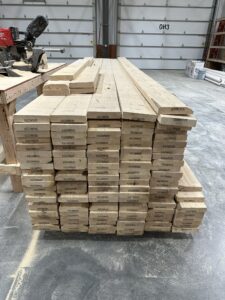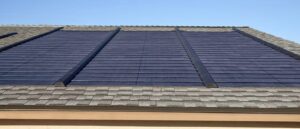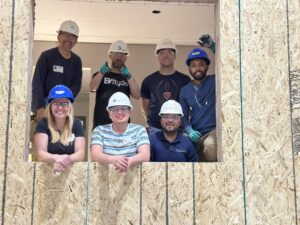Aerated Autoclaved Concrete, or AAC is a building material that has been around since 1914, mainly in Europe, and available in the United States since the mid 1990s. It is, as the name implies, a masonry product and it consists of aggregate that is no larger than sand.
As a building material it is suitable for low and mid rise structures such as single & multi-family homes, churches and hotels. It has also been used in panel form as a cladding material.
AAC comes in block and panel form. Generally blocks are used to create walls and the panels are used to create floors and roofs. In some applications panels have been used vertically in order to create the walls. The structure rests on an appropriately engineered foundation. The interior finish can be plaster or furred out drywall. The exterior is often finished in a breathable stucco or paint.
Advantages of AAC:
Non-combustible
High acoustic insulation, assemblies can reach a STC of 60
Easy to work, AAC can be cut with a handsaw
Comes in familiar masonry wythes
Improved indoor air quality
Light weight in comparison to CMU (concrete masonry units)
No thermal bridging
Up to double the R-value of foam cored CMU
Thermal mass
Manufacturing process creates no waste
Resistant to mold and fungus
Can be used to gain LEED points
Drawbacks:
Product must breathe due to initial moisture content
Lower load bearing capacity when compared to CMU
Can be hard to find qualified installers
Should be finished inside and out.
The cost of AAC tends to be a bit higher material wise. However the lighter weight of the materials can translate into a less expensive foundation. Additionally, with a knowledgeable crew the system can be constructed in less time. This not only creates a costs savings in terms of labor but more importantly time. On a larger project, AAC can reduce construction time by up to a month or more.
As always it is best to explore materials and construction methods early in a project in order to determine what is best for your project, labor market and material accessibility.











3 thoughts on “Construction Material – Aerated Autoclaved Concrete”
James, I don’t know of any but we’ll open it up to anyone else who might.
Since transportation of materials to the site can be a large expense, are there AAC manufacturers in the Denver/front range area? I have done some searching online with no luck. I really like the idea of AAC for a small multi-family project I’m working towards due to it’s higher thermal mass and acoustic insulation qualities.
Thank you for the good post. AAC is a good building material for Construction.
Comments are closed.